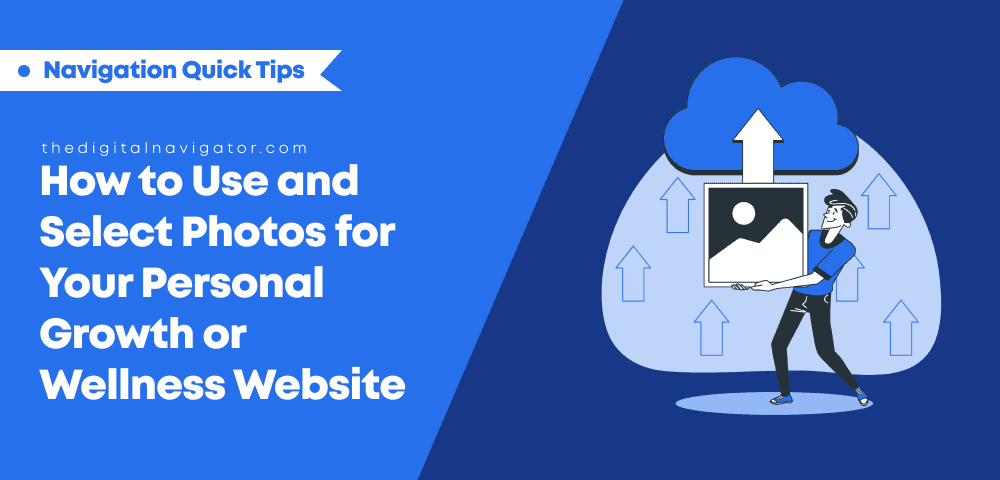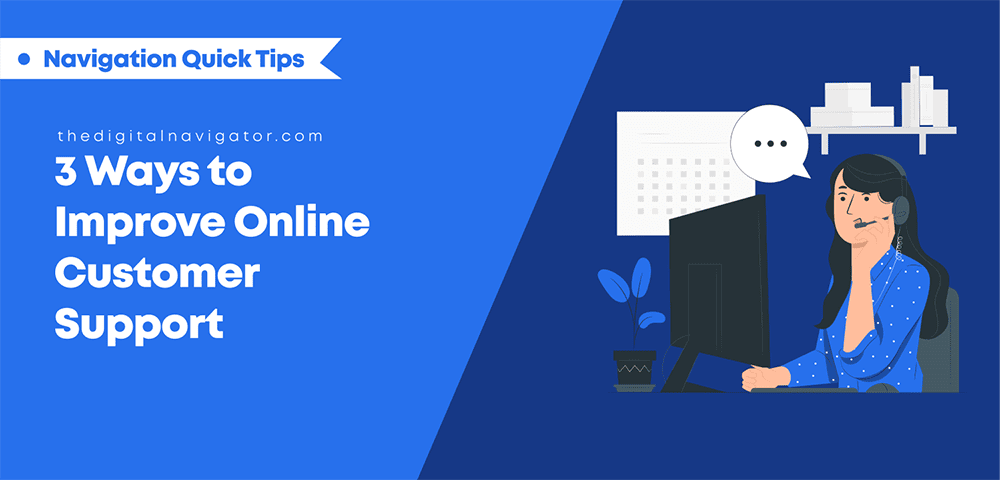5 Questions to Ask Before You Start Web Design Projects
Reading Time: 5mins
There is a certain sense of creative freshness when you take on a new project. You step away from the status quo to solve unique design challenges and create original work that you can be proud of. This shift can boost your team’s morale and help you elevate your experience as a designer or developer.

Despite these benefits, new jobs can disappear quickly if you are not well prepared from the start. You need to be armed with the right information to offer effective and efficient solutions to your clients like WooCommerce Pre-Order sales. Research and data collection should be your top priority when dealing with a new person.
Because this first interaction is your chance to get to know your client personally, it’s important to use this opportunity to gather the information that will steer the project in the right direction. This means that you should use the first meeting to ask the right questions that will help you write a project brief, streamline your workflow, and deliver an end product that wows your client.
To help you get started, here are five basic questions you should ask when meeting with your new client.
Table Of Content
#1. Why are we doing this project?
Customers often come to you with a pre-conceived solution and say things like, “We need you to make a new page stand up to promote our new products.” But let’s be honest for a second; customers don’t always know what’s best for them. Your job as a consultant or developer is to provide technical information and advice to guide the most appropriate solution for their needs, not just accept what they offer.
Start by taking a step back from what they are identifying, and identify the specific problem or problems they are trying to solve. Then, try to explain the mechanisms underlying your client’s pain points and offer potential solutions. They may lead you to find other more suitable solutions for achieving their goals.
By starting your project with a deeper understanding of your customer’s motivations, you will be in a better position to provide a service that truly helps their business, rather than just designing content.
#2. What is your message?
Before an online brand creates your website, they will often ask you for branding copy. This is to ensure a strong design that is built on the site’s overall message, which is conveyed through that branding content. If you don’t prepare your main message, creating a template that satisfies your vision won’t be easy.
Before you get into web design, get back to the main message or vision for your business. First, make sure you know your USP (Unique Selling Proposition) and at least write the main principles. Of course, you can always change it later, but this effort will give you a solid start.
#3. Who will be using your website?
Design is a subjective experience: some users will like your site, and others won’t. Because of this inevitable subjectivity, you must have a good understanding of your client’s target audience.
Take the time to ask your client who their best users are before you start working. This information can be invaluable and will help you identify your content and model conclusions, ultimately helping you build a team that will provide a better and more effortless experience for their users.
Your client’s responses can also help you when writing web text. This input will allow you to determine the ideal voice, tone, and language that you should use on your site to credibly position your client’s brand in the eyes of their users.
#4. Can we talk to your developer?
As you may realize (or have experienced), most of the time, you will have a local salesperson selling you a website, but the work will be handled by multiple subcontractors, or worse, by several people outside the country. Of these parties, some may want to talk directly to your developer.
If you have that problem, you should pick up the phone to discuss the project with the main leadership entity. You can explore project details at that time, and then it is their job to relay those directly to their developer so everyone involved can have a full understanding of what is going on with the project. The key is to make sure everyone’s on the same page about the budget, timing, and goals through verbal confirmation.
#5. What does success look like to you?
Talk to your client about their vision for success. Together, you must agree on success metrics so that you can start a project with clear expectations from your team, all the way from operations to design. This way, both you and your client will know what the project is about, and can avoid unnecessary conflicts in the future.
Remember too that just becasue we often think of success in terms of metrics, that your client may not see it that way. In these situations, success can be derived from achieving comparatively specific decisions, such as increasing sales or visits.
In many obvious variations, such as the presentation of explicit opinions throughout the work, you often come across a combination of measurable and unmeasurable metrics. Ideally, you should have at least one success rate directly related to any issues you identified early on in the discussion.
Regardless of their description of success, having your client answer this question will help you find an end product that will interest your client and serve their business best!







0 Comments